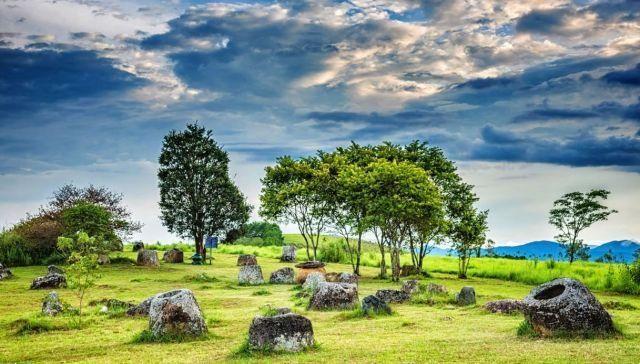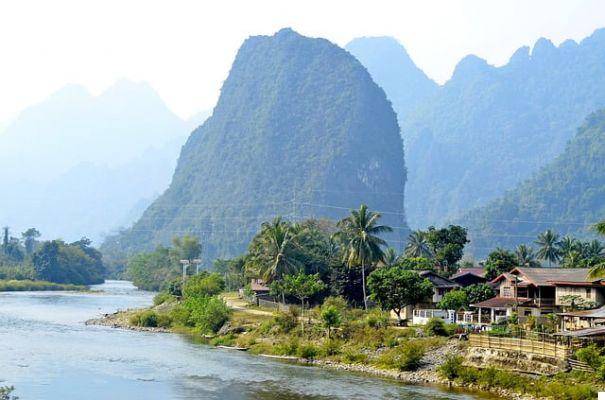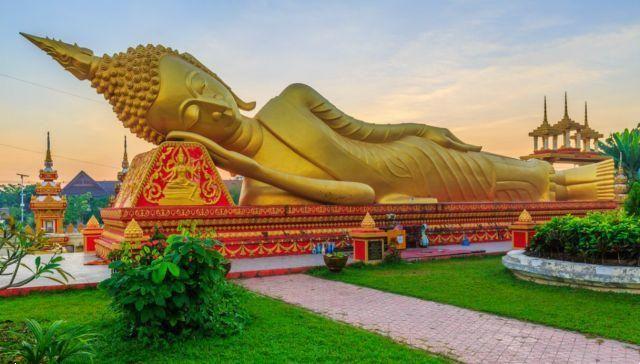
Fonte: 123rf
Is called Plain of Jars, but it is actually a hilly area. And it is one of the most fascinating places in all of Laos, a country still far from mass tourism, capable of conquering anyone who arrives there thanks to its spectacular nature. In Xiangkhoang province, on the plateau of the same name, the Plain of Jars has the charm of mystery: here, over 90 archaeological sites welcome hundreds of sandstone jars. Some are just 50 centimeters tall, others exceed 3 metres. They can be admired almost everywhere even if the main sites (as well as the best known ones) are gathered around the city of Phonsovan.
First sighted in 1909 by a border guard, they began to be studied in 1931. Madeline Colani, the archaeologist who led the first excavations, expressed the hypothesis that - rather than containers for food or liquids - those jars served as funerary urns. This is a hypothesis supported by discovery of underground burial chambers in the vicinity of the area, where a cave was also discovered which - it is thought - functioned as a crematorium. However, their origin has never been taken for granted. Indeed, it is at the center of a legend, according to which – under those lands – the remains of giants would be buried. There are those who think that, once upon a time, they contained lau hai (the local alcohol made from rice); who believes they collected the monsoon rain and then made it drinkable. Although the most accredited hypothesis is precisely that which sees the jars used as cinerary urns.
Today, only 7 of the sites on the Plain of Jars are open to the public. The area has in fact experienced very troubled years: during the Laotian civil war, the jars were long disputed between the forces of the Pathet Lao and the Royal Laotian Army, financed respectively by the Soviet Union and the United States. Occupied by rebels, the area was intensely bombed by America: there are still unexploded bombs under its grounds. Only those reclaimed, therefore, they can be visited. Of these, the largest is Site 1 (Thong Hai Hin), which occupies the side of a hill and houses 331 jars, including the largest ever found. Generally, those who arrive at the Plain of Jars do so through a tour departing from Luang Prabang and one night stay in Phonsavan.






